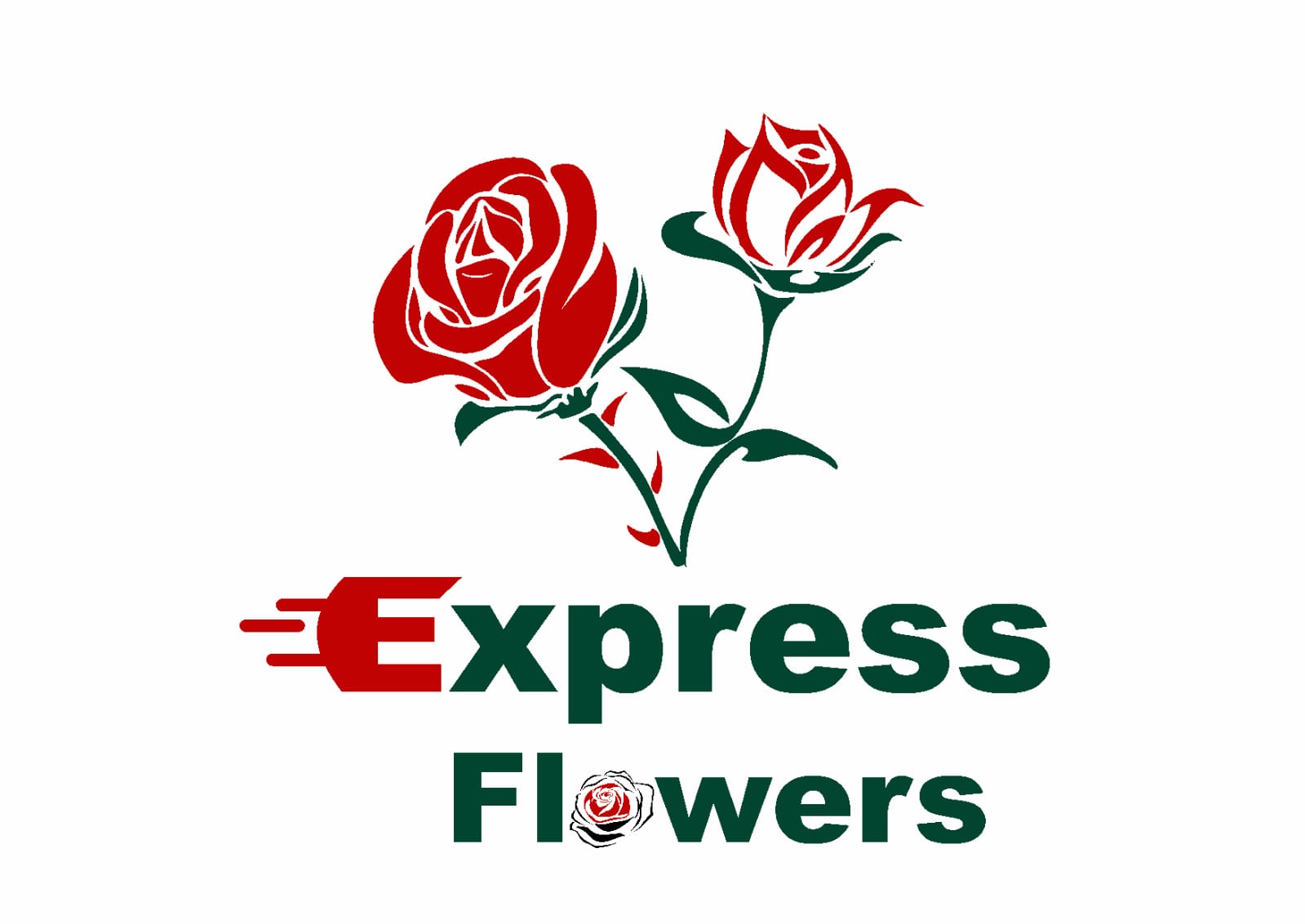It’s not just about the raw materials; labor costs, overhead expenses, the wear and tear on equipment, and logistics all play a part. Beyond these, you have costs that might not be immediately obvious, such as those for quality control, compliance testing, and supplier-related expenses. Even seemingly indirect costs like waste management, software licensing, and marketing can significantly impact the overall BOM cost. Understanding each of these components is essential to manage costs effectively and maintain profitability. Structures refer to the ways in which the components of a product are captured in the bill of materials. There are generally two approaches, single-level BOMs, which collapses all items into a single level, and multi-level BOMs, which nest items into two or more levels.
Tips for creating an effective bill of materials
In an SBOM, the list of finished merchandise and the parts required to develop it seem separately in the gross sales order document. Here, the finished product is managed as a sales merchandise as an alternative of a list item. For a given product and configuration, some companies use separate methods to structure BOMs for Engineering and Manufacturing functions. These Engineering Bills of Materials (EBOMs) and Manufacturing BIlls of Materials (MBOMs) may be unbiased of firm-wide managed BOMs or be designed to integrate into them. In a nutshell, it’s the complete record of all the items which might be required to build a product. The Bill of Materials (BOM) is a precise listing of all items wanted to make a product.
The chosen manufacturing processes play a critical role in determining BOM cost. A balance must be struck to select a process that meets both quality standards and cost-effectiveness. Components in the BOM can include everything from passive elements like resistors and capacitors to more complex active elements such as microchips and displays. The unit prices of these components are vital factors in calculating the BOM cost. You can also mass substitute a single part in several locations within a BOM or in multiple disparate BOMs—saving hours of time and eliminating BOM discrepancies.
Except for camera (2 Nos are required) all other components are required 1 Nos. per finished goods. BOM plays a central role in inventory valuation, essential for financial reporting and operational efficiency. Valuation methods like First-In-First-Out (FIFO), Last-In-First-Out (LIFO), and Weighted Average Cost rely on the BOM’s accuracy. For example, under FIFO, the oldest inventory costs are used for COGS, while recent costs remain in inventory. Each plays a critical role in ensuring accurate cost accounting and efficient resource allocation.
Calculate your BOMs with Katana
- Bill of Material more popularly known as ‘BOM’ is a key function of businesses who are engaged in manufacturing inventories.
- Depending on the product and business it includes a different level of detail about how the product is engineered, manufactured, assembled, sold, and maintained.
- For instance, it highlights the timing of material purchases and labor costs for a new product launch, ensuring sufficient liquidity.
- Software solutions can integrate with inventory management systems to assist in production planning and offer features like “what-if” analysis to simulate the impact of cost changes.
- For a given product and configuration, some companies use separate methods to structure BOMs for Engineering and Manufacturing functions.
Your employees can view their payslips, apply for time off, and file their claims and expenses online. This way the inventory management is more convenient as a clear bill leads to efficient purchasing of components. This bill of materials clearly indicates the type, name, and quantity of the part required to produce 1 finished product. The significance of a BoM for inventory administration is that it gives an exhaustive and exact image of what is required.
Benefits of an effective bill of materials
The manufacturing BoM (mBoM) is utilized when a business needs to show every component and their assemblies needed to put together a finished item. Parts that require handling before assembling should likewise be entered in the mBoM. Although there are multiple types of BoM created, we shall look into the 10 most commonly used BoM in the engineering and manufacturing industry. A bill of materials (BoM) is a thorough rundown of parts, components, assemblies, and different materials needed to make a product. It also comprises guidelines needed for gathering and utilizing the mentioned materials.
The importance of BOM cost analysis
The resulting top-level BOM (item quantity) would include children; a mix of completed sub-assemblies, various components and raw supplies. Independent demand is demand originating outside the plant or production system, while dependent demand is demand for components. The bill of materials (BOM) specifies the relationship between the end product (independent demand) and the components (dependent demand). Material requirements planning (MRP) is a production planning, scheduling, and inventory control system used to manage manufacturing processes. With a clear understanding of the materials required for each product, you can accurately calculate the total cost involved in manufacturing it.
- From part-level costing to job profitability, a clear BOM management process is essential for financial accuracy.
- Smooth manufacturing processes and quality products rely on effective BOM cost analysis.
- Furthermore, BOM accounting promotes greater efficiency in your procurement process by streamlining order management.
SQL Server database design best practices and tips for DBAs
The cost of raw materials encompasses the expenses for all basic materials required to construct a product. Market conditions significantly affect these costs, as they are subject to global supply and demand fluctuations, geopolitical events, and natural resource availability. Manufacturers must adapt by either absorbing the costs, which reduce profit margin, or passing them onto consumers in the form of higher retail prices. A manufacturing BOM (MBOM) includes a structured listing of all the gadgets or subassemblies required to make a manufactured, shippable completed product.
To define the BOM structure that best suits your needs, it is important to consider who will be using the BOM as well as the type of product you build using the BOM. Bill of Material is a comprehensive list of raw materials, components, assemblies, sub-assemblies, parts, or anything which is required to manufacture the finished product. The finished product or goods may be the final product itself or a semi-finished product which is later consumed to produce a final or a larger product. BOM also aids cash flow planning by aligning production schedules with financial resources.
Additionally, we’ll delve into the various methods and formulas used to calculate BOM costs, such as itemized costing and roll-up costing. BOM explosion involves dissecting a high-level BOM into its minutest components and materials. This process is essential for precise material planning, accurate cost estimation, and efficient procurement. By unraveling the hierarchical BOM structure, manufacturers gain a clear understanding of the intricate web of components needed, streamlining the production process and ensuring quality control. Engineering software and Product Lifecycle Management (PLM) tools play a pivotal role in automating this explosion process, transforming intricate designs into actionable production plans.
He enjoys working with other industry specialists to add real-life insights into his articles, with a special focus on using the feedback from manufacturers implementing MRP software. Karl has also collaborated with respected publications in the manufacturing field, including IndustryWeek and FoodLogistics. Many manufacturing companies produce the same product bom accounting in a variety of sizes, colors, or other parameters. Some manufacturers also produce the same goods for different brands under a “white label” arrangement. This means that the core product and bulk of manufacturing will be the same, but the final version may differ slightly depending on the customer. This could mean different packaging, volume, unit count, branding or stamping, and other differences to make the product applicable to the customer’s use or brand.
 Docs
Docs
 Support
Support





 Home
Home  Whishlist
Whishlist  Compare
Compare  Checkout
Checkout